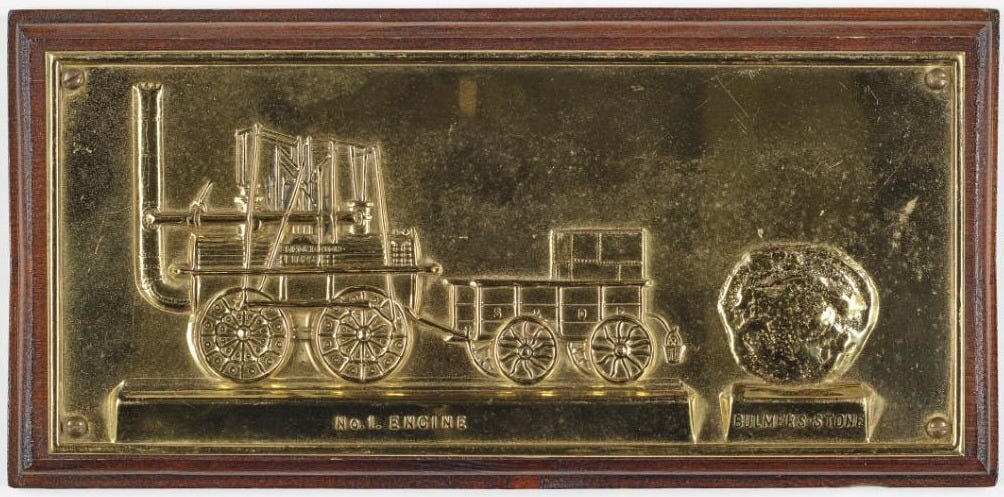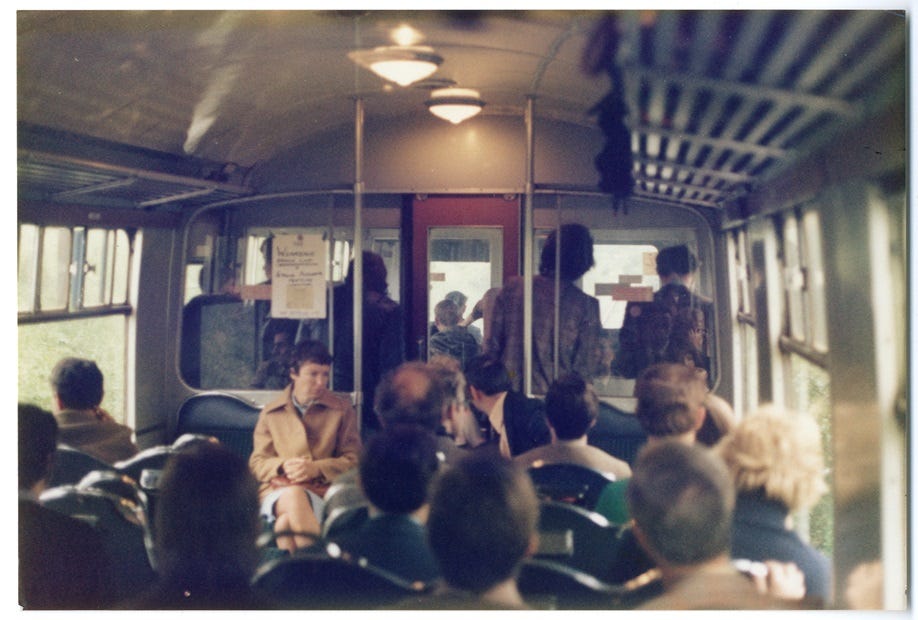All Change! New exhibition tracks how the railways transformed everyday life
The passenger revolution which paved the way for a new way of living. Tony Henderson reports
The profound changes to people’s lives created by the arrival of the railways is the focus of a new North East exhibition.
All Change! is part of the nine-month festival inspired by the first journey on the Stockton & Darlington Railway (S&DR) 200 years ago.
The exhibition at The Story venue in Durham, which opened on Monday (May 26), examines the social changes brought about by the railway system, from work opportunities to seaside holidays and the diversification of goods sold in shops.
Running until November, the display tells of how the railway redefined life for local people and communities, by making travel faster, more comfortable and more accessible.
The opening of the 26-mile S&DR route on September 27, 1825 transformed how the world traded, travelled, and communicated.
The exhibition features a brass plaque featuring an image of Locomotion No. 1 and Bulmer’s stone, which was part of a pivotal meeting which changed everything.
The back of the plaque carries details of the meeting on April 19, 1821 when George Stephenson and mining and locomotive engineer Nicholas Wood met Edward Pease in Darlington to discuss railway plans.
They travelled from Killingworth Colliery, and walked along the proposed railway route, removing their muddy shoes on the Bulmer Stone before meeting Pease, a woollen manufacturer from Darlington who was the main promoter of the Stockton and Darlington Railway.
This meeting led to Stephenson being hired to modify the route for locomotives, making the Stockton and Darlington Railway a locomotive-powered railway.
This pivotal moment paved the way for the global adoption of steam-powered railways.
The exhibition includes documents and objects from Durham County Council’s archives, the Timothy Hackworth and the DLI collections, medals and regalia associated with railway workers and LNER summer excursion posters.
Also included is one of two embroidered postcards sent home to Coundon in County Durham by a Durham Light Infantry soldier, who writes to his son:
“Well Bobbie I write these few lines to you hoping you are a good boy and think of your father and mother. I think this war will not last long little one and I will be back before long. Good lad and be good. From your father.”
Even during the First World War, there were still often two or more posts per day. Trains called Travelling Post Offices had special carriages where post was sorted to speed delivery.
Carolyn Ball, county archivist at The Story, said: “From the late Georgian era to the modern day, railways have been more than just a mode of transport. As the world’s first passenger railway, the S&DR was a transformative force that has reshaped the way we live, work, and connect.
“This exhibition, made possible thanks to The National Lottery Heritage Fund, offers a wonderful insight into this journey, from the early foundations of the rail network, when steam-powered locomotives first linked towns and cities, to the evolution of railways across the world.
“It will look at the impact of railways not only on the physical landscape of the country, but also on the social and economic fabric of society.
“It’s an opportunity to uncover the story of the S&DR’s extraordinary legacy and we can’t wait to welcome visitors as we celebrate the 200th anniversary of the world’s first locomotive passenger train.”
Durham County Council’s The Story is home to five collections of historic records, documents and objects, including the county archives and the Durham Light Infantry Collection.
The Story is open every day and entry is free. For details visit www.thestorydurham.org






